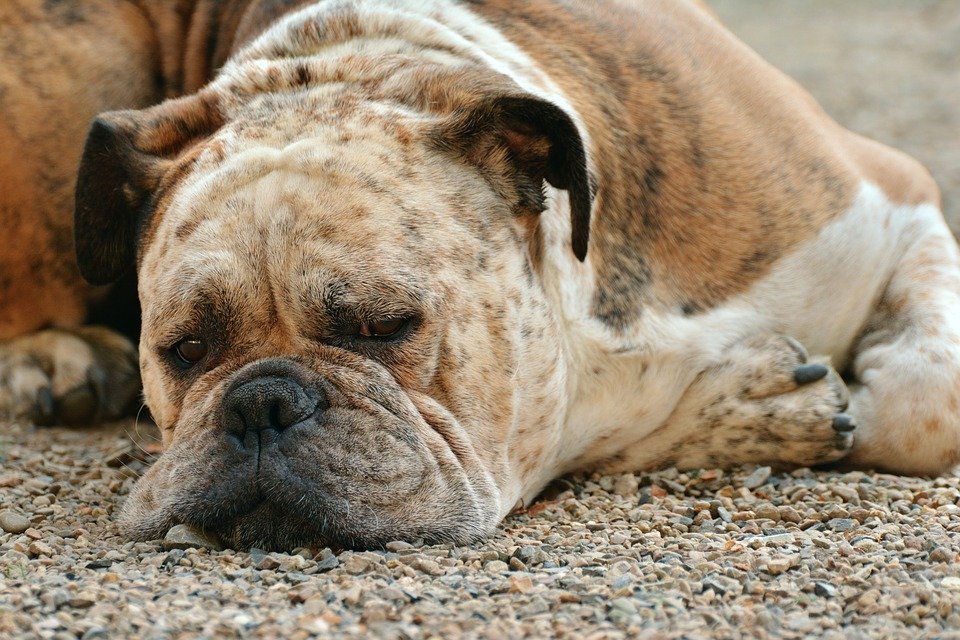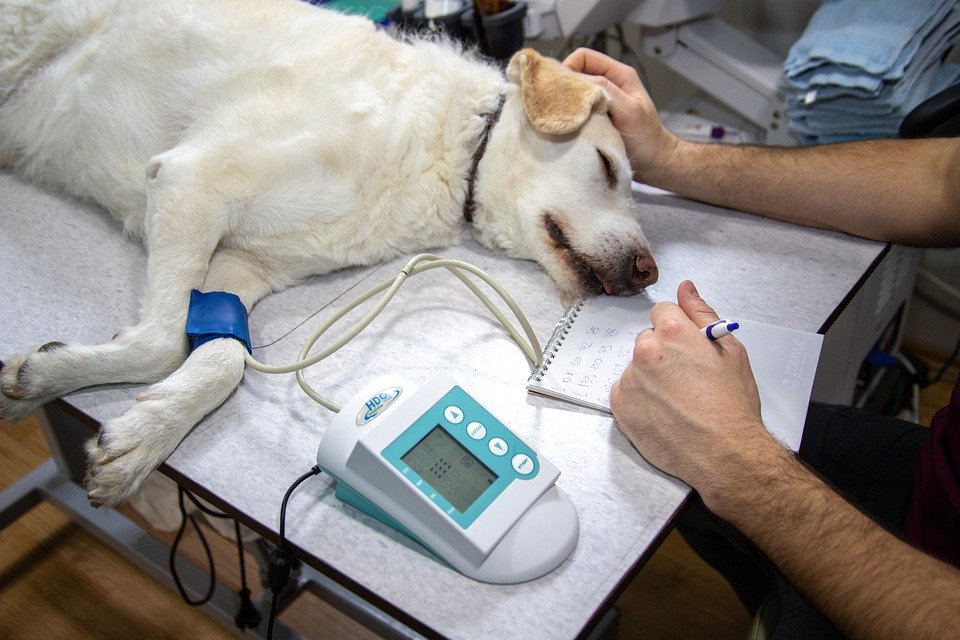You might see your dog suffering from pain or losing appetite. Some of the peculiar behaviors may usually be caused by a medical condition. For some canines, they experience a rare condition in which an abnormal swelling of the limbs suddenly appears. This is mainly experienced by many species, including sheep, cows, horses, and humans.
In canines, a lot of them may experience increases in peripheral blood flow and bone spicule formation. You can know more about bone spicules when you click here. Most of these subtle signs are mistaken for arthritis symptoms, but it takes a trip to the vet to truly identify what’s causing your pets’ discomfort.

Why the Disease Grows Inside an Animal’s Body
Since bone overgrowth is a rare condition in many species, scientists are still identifying its pathogen’s exact mechanism. However, several theories surface, and several possible explanations have been proposed as to why this disease occurs.
Neuronal Theory – Thoracic tumors produce neural reflexes that affect an organ called the vagus nerves. Bone growth is stimulated when the fibers in the distal limbs are affected by the vagus nerves. The increased flow of blood results in bony lesions, which can lead to hypertrophic osteopathy.
Humoral Theory – It is believed that shunts or holes where the fluids flow may be affected by a medical condition called pulmonary neoplasia. The signs of this condition often include exercise intolerance, cough, and other neoplastic diseases. This can lead to clumping of platelets and increase the inflammatory cells. Once inflammation occurs, there can be an alteration of the fibroblasts, which can let bone grow in other areas where it is unneeded.
Symptoms to Look For
The following are the common symptoms of canines experiencing a bone overgrowth. Some of them experience lethargy, and others are reluctant to move around. There are swelling at the forelimbs, edema, and pain may also be present.
The causes of new bone growth are not known. But this can be the way of the body to adapt to a disease that is just starting inside your pet’s bodies. Some of the various conditions known to have osteopathy include pneumonia, liver tumors, and heart diseases.
To get a proper diagnosis, you need to see your veterinarian. If they have a detailed medical history of your pet, then they can identify the disease clearly in its early stages. If this is your first time visiting a vet, they might perform physical examinations and conduct several tests to see what’s going on inside your puppy’s body.
Most of the routine tests involving hypertrophic osteopathy include urinalysis, collecting blood samples, and completing your dog’s biochemistry profile. There might be x-rays required to see the area where the new bone is appearing. Some bone samples may be taken as well for further tests.
Treatment Involving Excess Bone Growth

For your pet to function normally, the underlying cause should be cured first. For example, if your dog is experiencing pneumonia, this should be addressed and treated as soon as possible to stop hypertrophic osteopathy.
In some cases, the vet will prescribe medicine for the swelling and inflammation. Some owners are giving their pets CBD or cannabidiol oil to reduce soreness and pain. You can know more about CBD on sites like https://petcbdcommunity.com/cbd-oil-for-dogs-hypertrophic-osteopathy/ and know other benefits that it can bring to your dogs’ overall well-being. For those pets that are in critical conditions, surgeries may be required to remove any tumors in the body.
Management and Lifestyle
For pet parents who have dogs with this condition, extra care and attention may be required for faster healing. Some of the things that they can do are to follow the guidelines that their vets gave them. Give lots of healthy food to their pets and ensure that the canine sleep well.
The pet owners need to follow when to give the medications and the doses required. Note that even if the treatment of the cause was successful, you might still have to watch for symptoms appearing one week after recovery.
Preventative Measures
Since there are numerous causes why HO happens, treating the underlying condition will prevent this from happening again. The efforts to avoid hypertrophic osteopathy in itself can be an unrealistic goal. If your pet has a respiratory disease, this should be diagnosed and treated as soon as possible, and the other symptoms may disappear after the treatment.
For many pet parents, a prognosis where the tumor has not spread yet is a promising one. They can choose an operation, surgery, and other treatment methods that will address the underlying issue. The lameness and bone proliferations will resolve themselves over time. When the HO is considered inoperable, then the prognosis is very poor, and you may want to seek a second opinion from other vets.